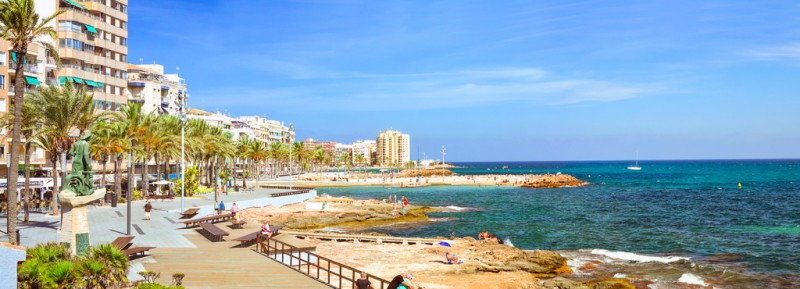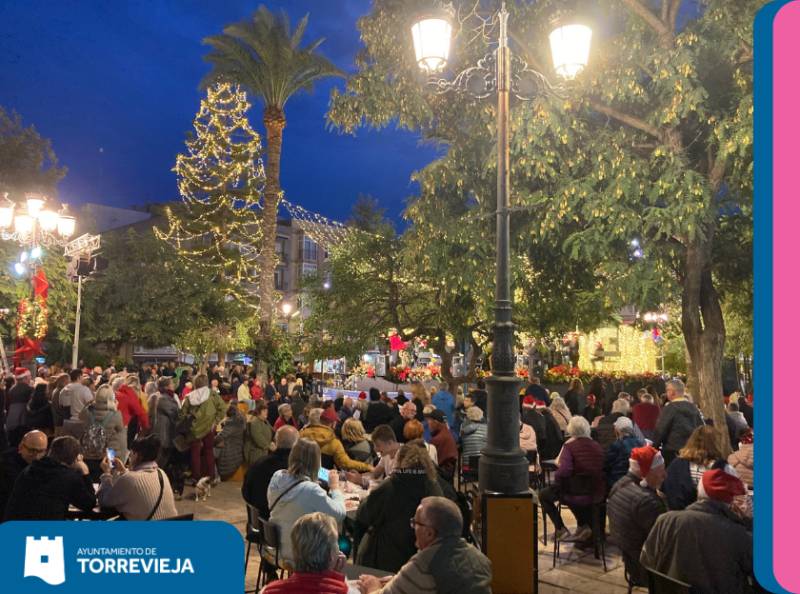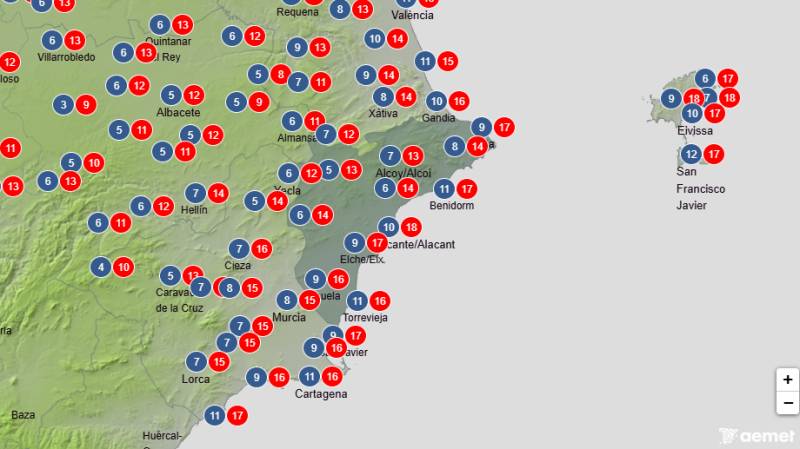- Region
- Vega baja
- Marina Alta
- Marina Baixa
- Alicante
- Baix Vinalopo
- Alto & Mitja Vinalopo
-
ALL TOWNS
- ALICANTE TOWNS
- Albatera
- Alfaz Del Pi
- Alicante City
- Alcoy
- Almoradi
- Benitatxell
- Bigastro
- Benferri
- Benidorm
- Calosa de Segura
- Calpe
- Catral
- Costa Blanca
- Cox
- Daya Vieja
- Denia
- Elche
- Elda
- Granja de Rocamora
- Guardamar del Segura
- Jacarilla
- Los Montesinos
- Orihuela
- Pedreguer
- Pilar de Horadada
- Playa Flamenca
- Quesada
- Rafal
- Redovan
- Rojales
- San Isidro
- Torrevieja
- Comunidad Valenciana
Paseo marítimo Juan Aparicio de Torrevieja
An attractive seafront paseo in the heart of Torrevieja town
The Paseo marítimo Juan Aparicio de Torrevieja is one of a series of attractive paseos which run along the coastline of the Torrevieja municipality, providing plenty of opportunity for those who enjoy a walk or run along the seafront.
It links into the Paseo Dique de Levante, which takes walkers right out along a wooden walkway above the sea, and the Paseo de la Libertad at one end, and runs to the end of the Playa del Cura beach at the other.
The whole paseo was totally remodelled in 1999 to create the current layout by Barcelona architect Carmen Pinós and is widely used for both recreational purposes and as a place in which various community events are held.
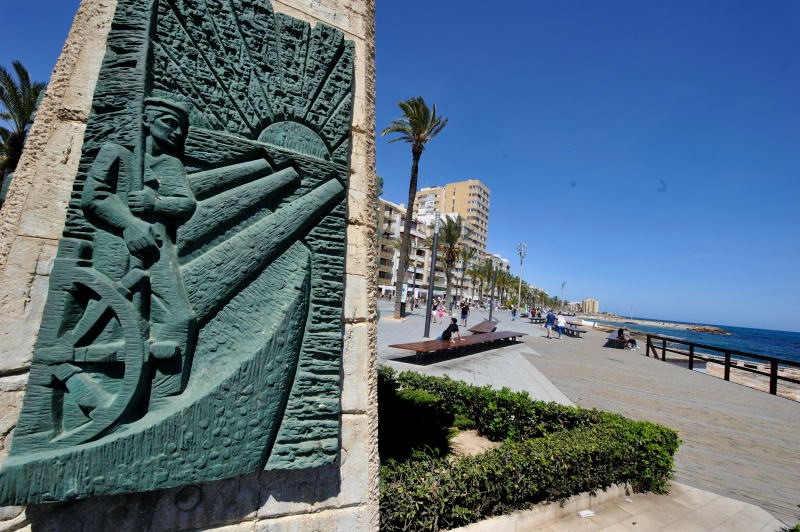
At the dique end is a sculptural piece called the Monumento al Hombre del Mar, or monument to the man of the sea, made by Josep Ricart i Maimir in 1975, which pays homage to mariners and the fishing tradition of the municipality. Events taking place at this end of the paseo are often described as being “in front of the Hombre del Mar”.
Another sculptural piece which appears in many holiday snaps is that of “La Bella Lola”, which is located on a rocky outcrop close to the Hombre del Mar and depicts a woman gazing out to sea in search of her husband, a fisherman who never returned home when his boat sunk.
Tourists often snap themselves sitting alongside her on a concrete bench.
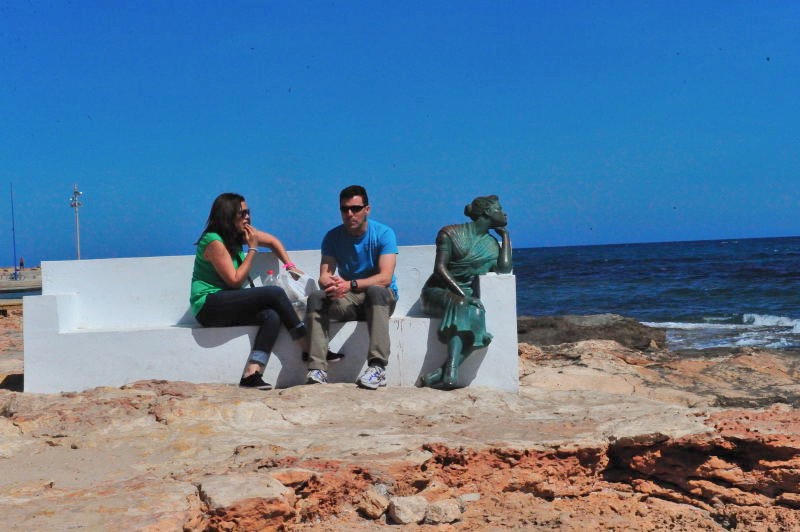
The statue is set on a rocky outcrop in the Cala de Moros, and this is why this paseo is often referred to locally as the paseo “de las Rocas” as the first part of the paseo runs along rocky outcrops, rather than sandy beach.
This creates a series of rocky shelves, which are often called the “piscinas naturales” or natural swimming pools by locals.
The paseo is lined with trees and packed with restaurants, so is always busy throughout the year.
Click for more information about the Torrevieja municipality
<











